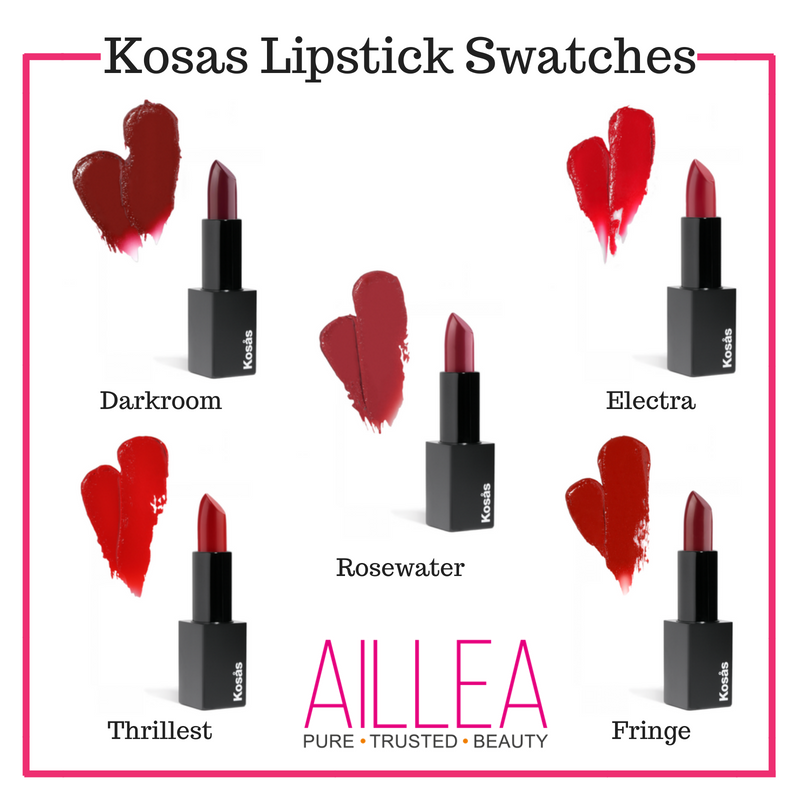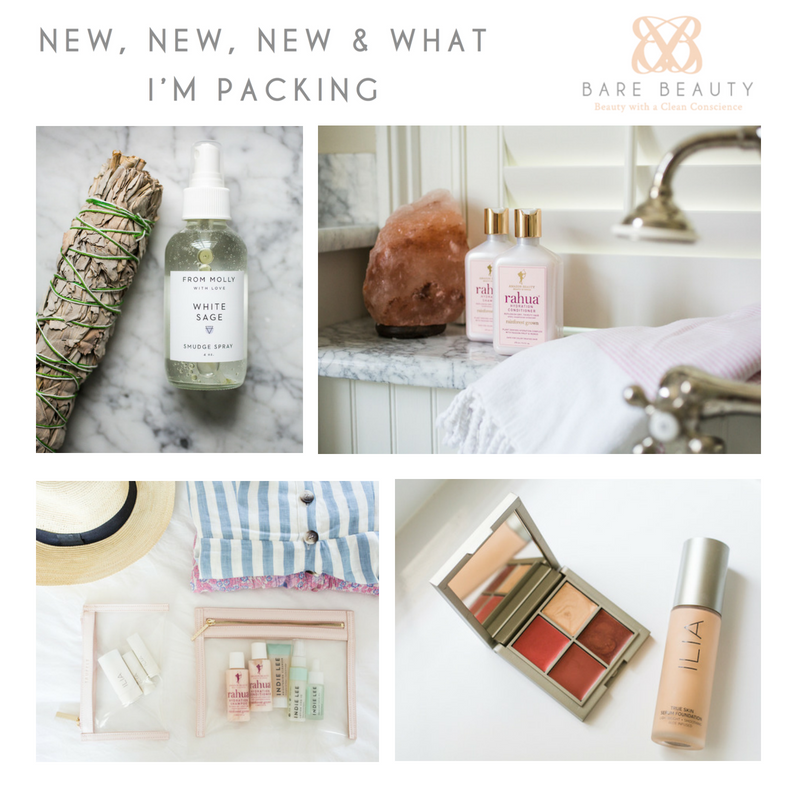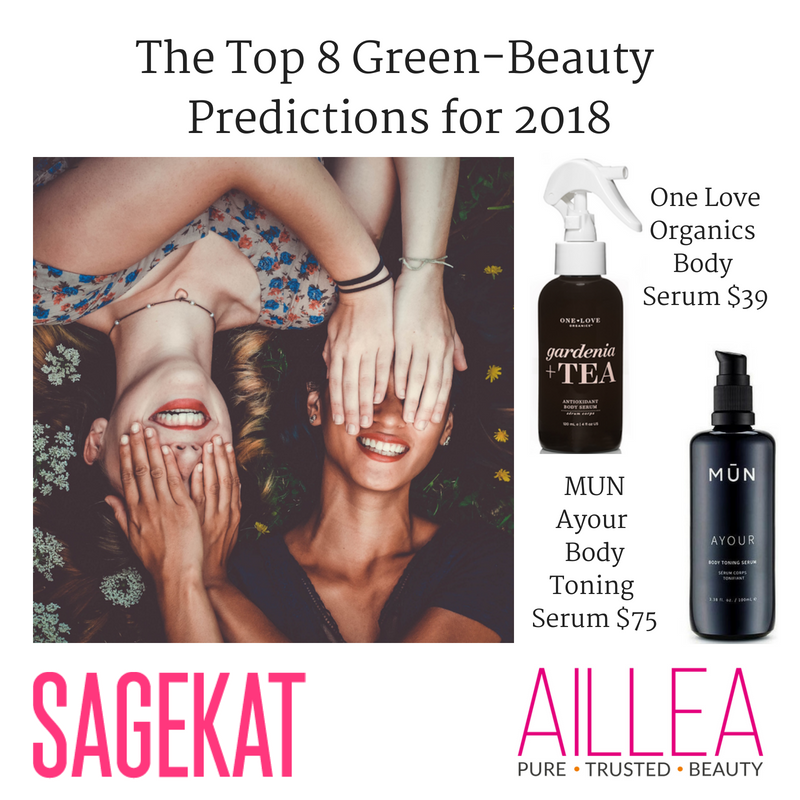
A new year offers a blank slate, an opportunity to start over and make better choices. As you’re planning a new fitness routine and stocking the pantry with healthful food choices, take a peek inside that beauty cabinet, too. It’s the perfect time to ditch the biggest chemical offenders and detoxify your beauty essentials.
For those who are unsure where to start, we turned to Kathryn Murray Dickinson, the founder of Aillea, a clean beauty boutique that recently opened its first Atlanta location in Buckhead. After having a hard time finding truly natural products, given all the “greenwashing” and false advertising in the beauty industry, the former beauty-brand executive set out to create a different experience. Her shop offers more than 48 brands that are 100 percent safe from toxic chemicals and not tested on animals. The products also live up to the luxury beauty standards of pretty packaging and quality scent and feel.
Where should people start their efforts to clean up their beauty products?
Start with your high-frequency items and anything that’s covering big surface areas on your body. Products such as shampoos typically need replacing every three or four months anyway, so that’s an easy jump. Next, focus on what goes on your body surface. It takes less than 30 seconds for something to absorb into your bloodstream. Think of a nicotine patch; it goes straight into your blood, just like a body lotion or face cream. Third, switch up your lipsticks since we ingest those. Another easy one is nail polish. I like to keep nontoxic polishes in a little bag in my car and bring them with me to the nail salon.
How often should you throw out beauty products?
Mascaras should be replaced every three months and liquid and gel liners at six months. Most [other beauty products] have a one to two year shelf life. Are there certain ingredients to avoid above all? If the word “fragrance” appears on the ingredient list or label, it’s likely not a clean brand, unless it comes from essential oils. There can be a zillion chemicals within a fragrance. We use the European Union standards, and then some. The E.U. has more than 1,300 banned ingredients, but the big ones to avoid are sulfates, phthalates, fragrance, parabens, propylene glycol, PEG [polyethylene glycol], petrochemicals and synthetic sunscreens such as oxybenzone or octinoxate.
In general, do natural beauty brands list their ingredients more thoroughly than non-natural brands?
Yes, it’s the ethos and mentality of clean beauty to be transparent. If you have to dig to find out what’s in a product, there’s stuff in there that the company [doesn’t] want you seeing. For example, I know of a retailer that doesn’t list ingredients and says its products are “homemade,” but they’re really made in a factory and contain parabens, sulfates, synthetic fragrance and things that are bad for you.
How can someone vet a product on his or her own?
Think Dirty and EWG’S Healthy Living apps are great resources. They allow you to look up brands and products to see what ingredients they have and the health impacts of those ingredients. You can even use them in the store and scan the bar codes to check out the products.
CLICK HERE TO READ FULL ARTICLE




